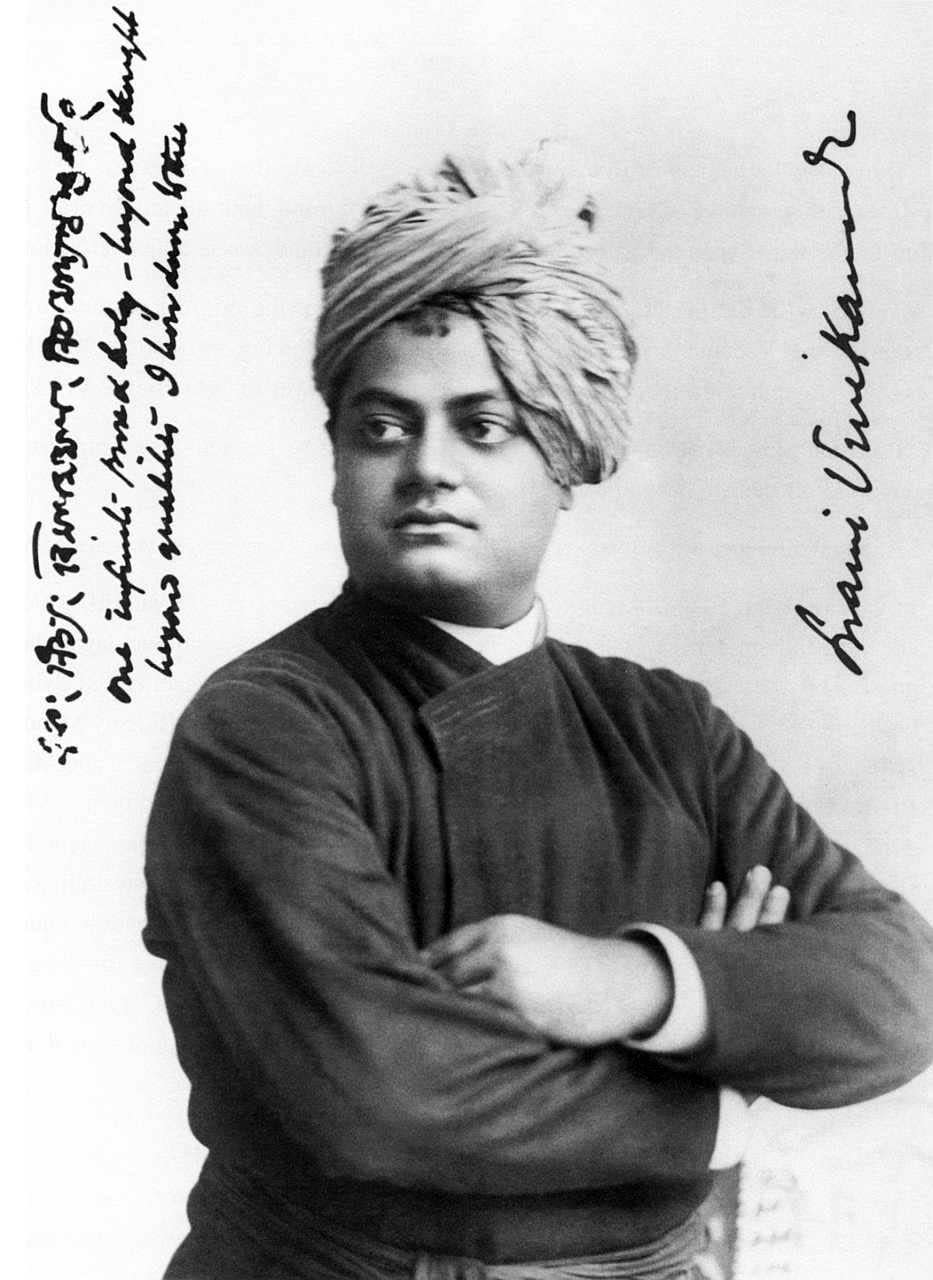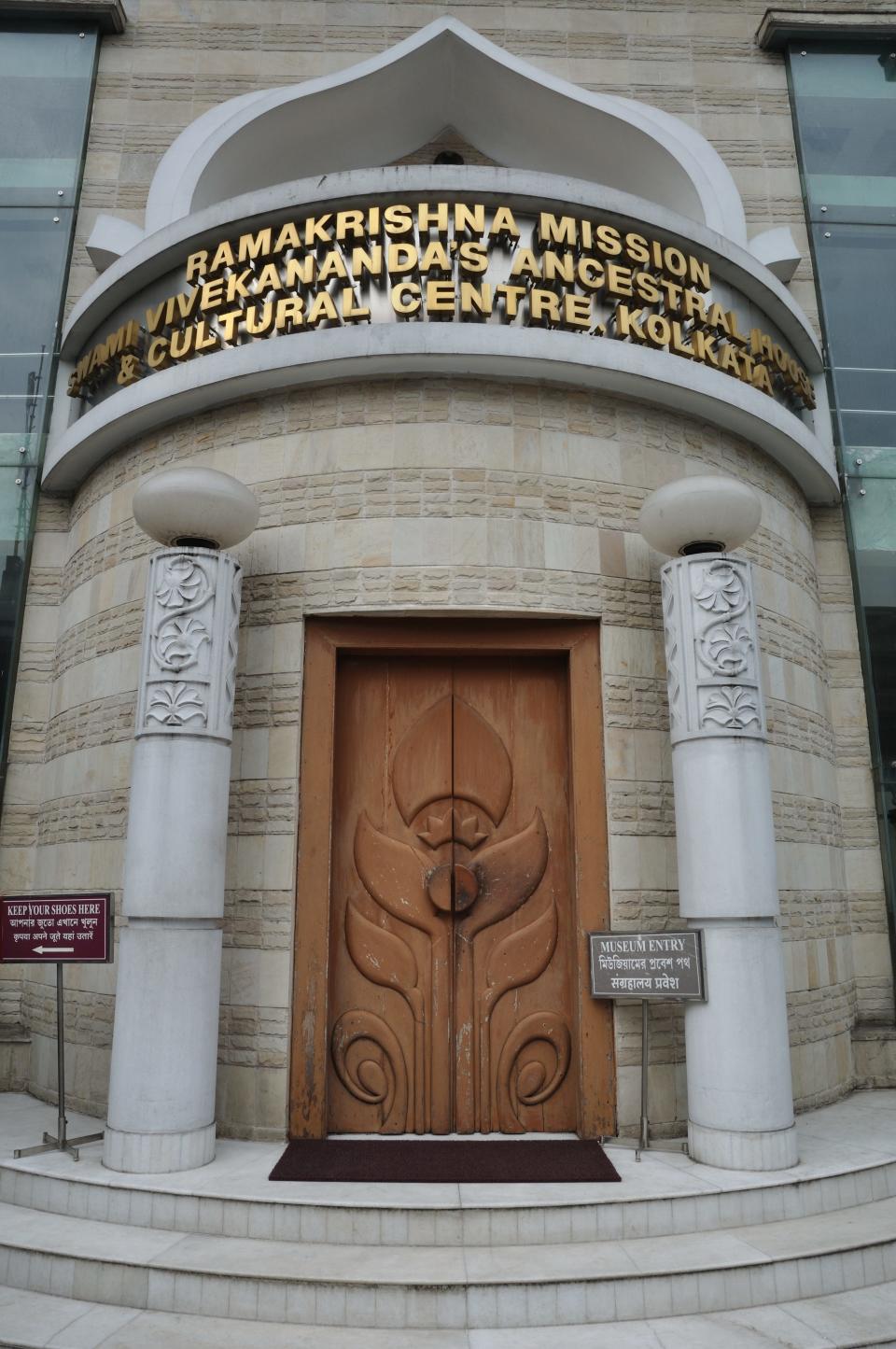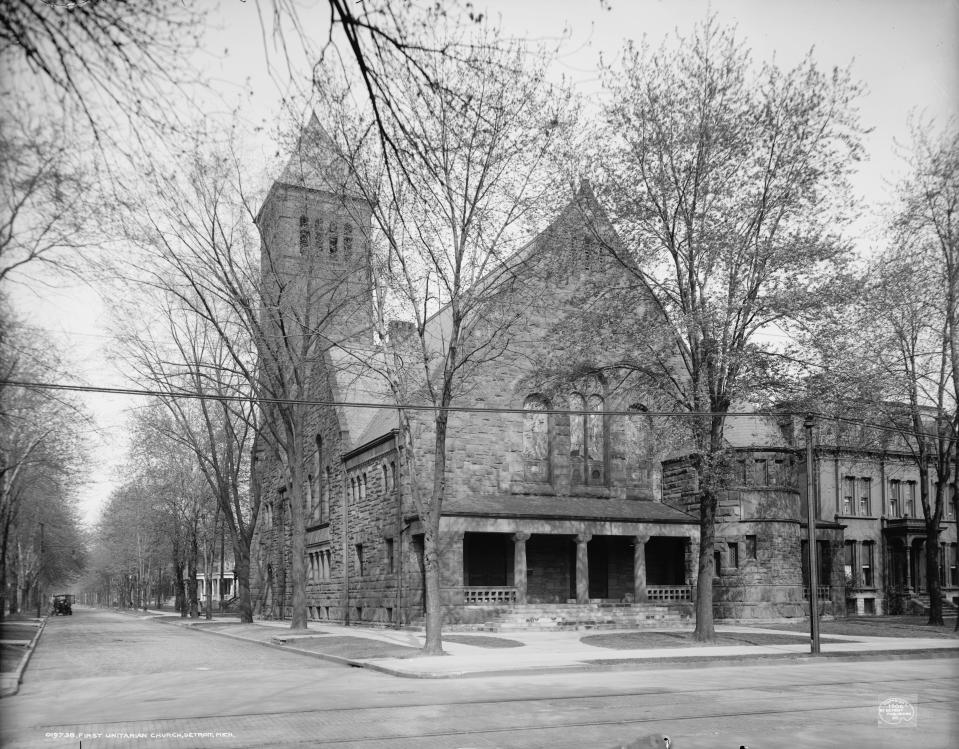Michigan History: Significant Indian Hindu monk visited Detroit

- Oops!Something went wrong.Please try again later.
Swami Vivkananda was an Indian Hindu monk who helped to enlighten Europe and the U.S. about the core tenets of Hindu philosophy. His work in the 1890s touched Detroit and the Midwest as he shared thoughts of unity and peace. Vivkananda was also credited by many to have introduced the West to yoga and to support the works of his spiritual mentor, Ramakrishna, who proclaimed the world's multiple religions as "many paths to reach one God and the same goal," thus validating the essential unity of religions worldwide.
Monroe County Community College Applied Science and Engineering Technology (ASET) Dean Parmeshwar (Peter) Coomar has been an advocate in promoting Indian cultural and spiritual history awareness for many years – particularly history related to Monroe County and Southeast Michigan regions.

Born Narendranath Datta on Jan. 12, 1863, Vivkananda studied in Calcutta, India, at Christian College and displayed great skills of memory and speed reading at a young age. He joined various civic groups in India, including an affiliate of the Freemasons around 1884. It was around this time that his father died and his meeting with Ramakrishna three years earlier in 1881 began to take significance in more ways than one.
Ramakrishna developed throat cancer in 1885 and return to Calcutta for medical treatment (he would die on Aug. 16, 1886). It was during this period that Narendranath Datta was christened Vivkananda in December 1886 and became, along with several others, the first monks in Ramakrishna’s new monastic order. Vivkananda built the Ramakrishna Math – the monastery of the monastic order of Ramakrishna.
Vivkananda became known as a Parivrâjaka – a wandering monk without a permanent home. He reached out to the poor and interacted with Indians from all religions and walks of life on his travels. He eventually went to Bombay, India, then to Japan and, finally, to Chicago on May 31, 1893. It was here that he became a speaker at the Parliament of the World’s Religions, which opened on Sept. 11, 1893, at the Art Institute of Chicago. The meeting was part of the World’s Columbian Exposition. It was also during this time that he met Thomas W. Palmer, senator from state of Michigan, who was the president of the National Commission of the World’s Columbian Expo from 1890-93.
The success of Vivkananda’s Chicago appearance ultimately led to his appearance in Detroit during the months of February and March 1894. Vivkananda spoke at several locations in Detroit, including Palmer’s home, located where the Detroit Institute of Arts now stands. He also spoke at the Palmer Cabin, now located in Palmer Park at the corner of McNichols and Woodward avenues. The cabin had been constructed in 1885 and served as a major Detroit tourist attraction until 1979 when it was closed to the public and its artifacts were transferred to the Detroit Historical Society.

Other Detroit locations for Vivkananda’s speeches were the original Detroit Opera House at Campus Martius, the John Bagley home at the corner of Washington and Park streets and the Unitarian Church on Woodward Avenue at Edmund Street. The church was destroyed by fire in 2014.
Shortly after his Detroit tour, Vivkananda wrote the book entitled “Raja Yoga,” which was published in 1896. It discussed Hindu religiosity and introduced the four yogas model to the world. Vivkananda died on July 4, 1902, but not before being identified by many as India’s foremost spiritual mind. His philosophies were said to have influenced Indian thought ever since and considered a precursor of Indian independence movement from the British, which was realized on Aug. 15, 1947.
Tom Adamich is president of Visiting Librarian Service, a firm he has operated since 1993. He also is project archivist for the Greening Nursery Co. and Family Archives and the electric vehicle awareness coordinator at Monroe County Community College.
This article originally appeared on The Monroe News: Michigan History: Significant Indian Hindu monk visited Detroit

